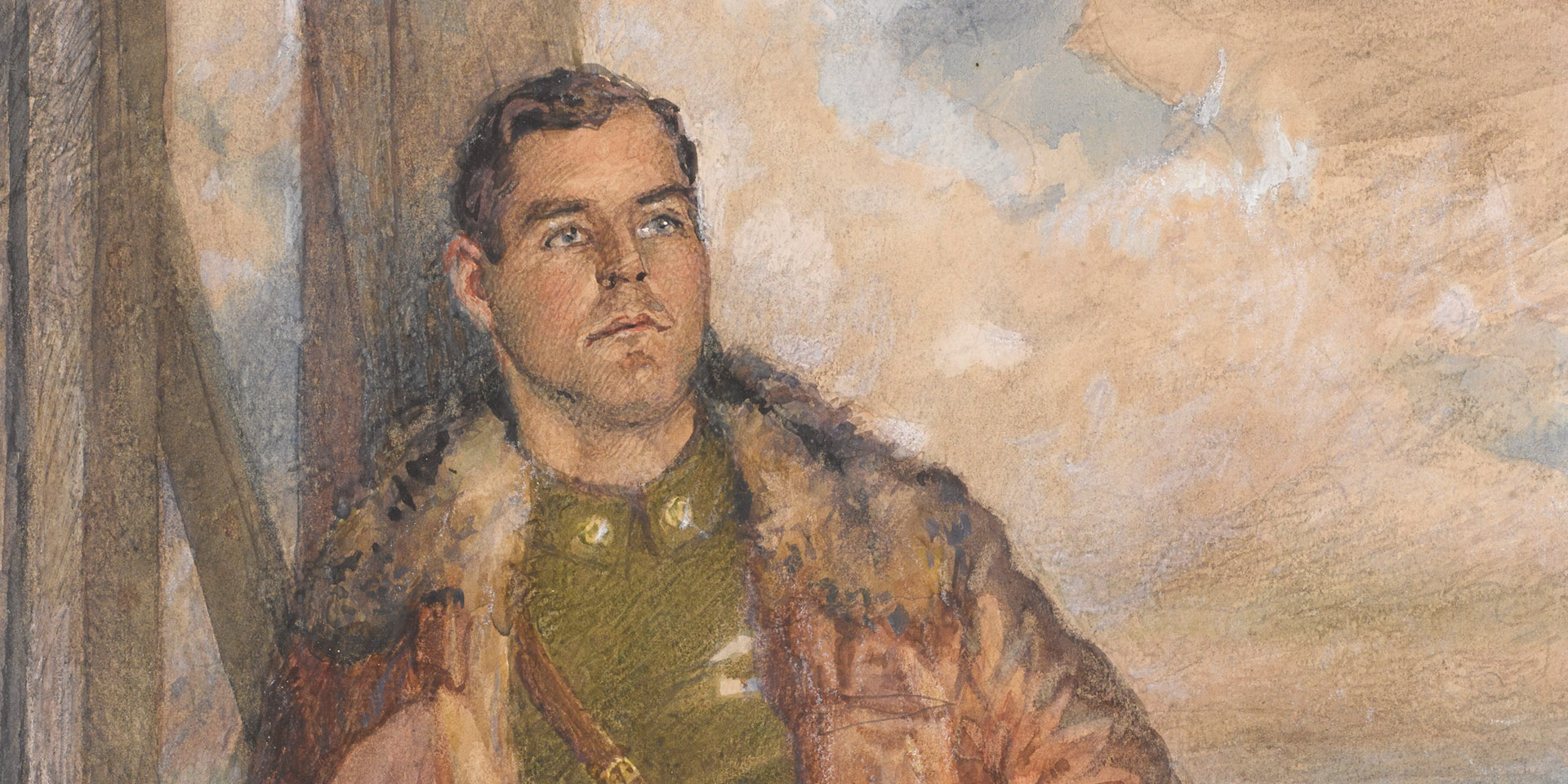100 years since Military Cross awarded to London pilot
A hundred years ago, on 17 September 1917, Lieutenant Oliver Stewart of the Royal Flying Corps (RFC) won the Military Cross. The London pilot’s citation in The London Gazette stated:
'For conspicuous gallantry and devotion to duty. He has done consistent good work for six months, both on escorts and offensive patrols, and has displayed great fearlessness and skill during severe fighting at close range with enemy machines, successfully holding his own although on several occasions outnumbered by them.'
Whilst flying on the Western Front Stewart had achieved the status of ‘ace’. Air combat was a truly cold-blooded affair and Stewart’s advice for staying alive was relatively simple: stay high, avoid flying straight, watch the sun and the clouds for surprise attacks.
He noted that ‘fighting in the air has a closer affinity to the back-street brawl, the night club affray, the pub fight, than to jousting of knights in armour.’
The popular image may have been of gentlemen engaged in honourable combat but, according to Stewart, there ‘was nothing chivalrous or fine about the form of air fighting. I had to learn to keep alive.’
Despite this, he was credited with dispatching five German aircraft between April and September 1917, qualifying him as an ace. He had survived ‘Bloody April’, a low point in the RFC, as German superior aircraft wreaked havoc amongst Allied aircraft supporting the Arras offensive. The British lost over 200 aircraft and over 300 crew killed or captured.
When he was posted to France in January 1917 Stewart was shocked by the horrors of the Western Front. He flew escort for photographic missions over enemy lines. These were hazardous sorties as the slow and steadily moving reconnaissance aircraft drew heavy German anti-aircraft fire from the ground and the unwanted attention of enemy fighters from above. Stewart was later to say:
'The army of that time believed in discipline and its form of discipline induced men to go forward to be killed in greater numbers with greater certainty than anything else ever known.'
His wartime action left him ‘permanently marked’; he could not afterwards look upon the actions of the politicians or the military men as 'anything but evil.’ Stewart decided to leave the forces, not least because of the ‘hideous garments’ issued to the newly formed Royal Air Force (RAF).
Notes to Editors:
For more information, please contact the National Army Museum press office at pr@nam.ac.uk or 020 7881 2433.
Lieutenant Oliver Stewart
Oliver Stewart was born on 26 November 1896 in London. The son of Thomas Gibson Bowles, founder of The Lady and Vanity Fair magazine, and Rita Shell, the editor of The Lady.
Stewart trained as a musician, studying at the Royal College of Music. At the outbreak of the First World War he joined up, following his brothers into the infantry. He enlisted with the 2/9th Battalion of The Duke of Cambridge’s Own (Middlesex Regiment) in October 1914 and served as a second lieutenant. This commission qualified him for secondment to the RFC.
In 1915 his application came through and he gained his hard-earned wings, qualifying as a pilot in March 1916. Posted to France in January 1917, when not flying he chased his other passion: women.
Leaving the RFC as it became the RAF he was to re-join as a regular officer at the rank of Flight Lieutenant and became a test pilot. He championed innovation in aviation, developing a crash-proof safety fuel tank and supporting Oliver Sutton’s design for a quick release safety harness.
Stewart left the RAF in 1921, settling at 17 Trafalgar Road, Twickenham, with his wife. He began a career as a journalist, writing for a variety of newspapers and journals including The Morning Post. Under the pseudonym Philip Arnall he penned a rather risqué novel entitled Portrait of an Airman, which clearly echoes his own memoir, describing a young pilot’s escapes in the air and in and out of the bedroom.
Stewart died in 1971.
National Army Museum
The National Army Museum is the leading authority on the history of the British Army. Founded in 1960 by Royal Charter and established for the purpose of collecting, preserving and exhibiting objects and records relating to the Land Forces of the British Crown it is a museum that moves, inspires, challenges, educates and entertains. The Museum seeks to tell the story of the British Army, the personal experiences of the soldiers who have served in it and to connect the British public and its army demonstrating how the role of the army and its actions are still relevant today.
Heritage Lottery Fund
Thanks to National Lottery players, we invest money to help people across the UK explore, enjoy and protect the heritage they care about - from the archaeology under our feet to the historic parks and buildings we love, from precious memories and collections to rare wildlife.
For more information, please contact Katie Owen, HLF press office on Tel: (020) 7591 6036 out of hours mobile: 07973 613820.


